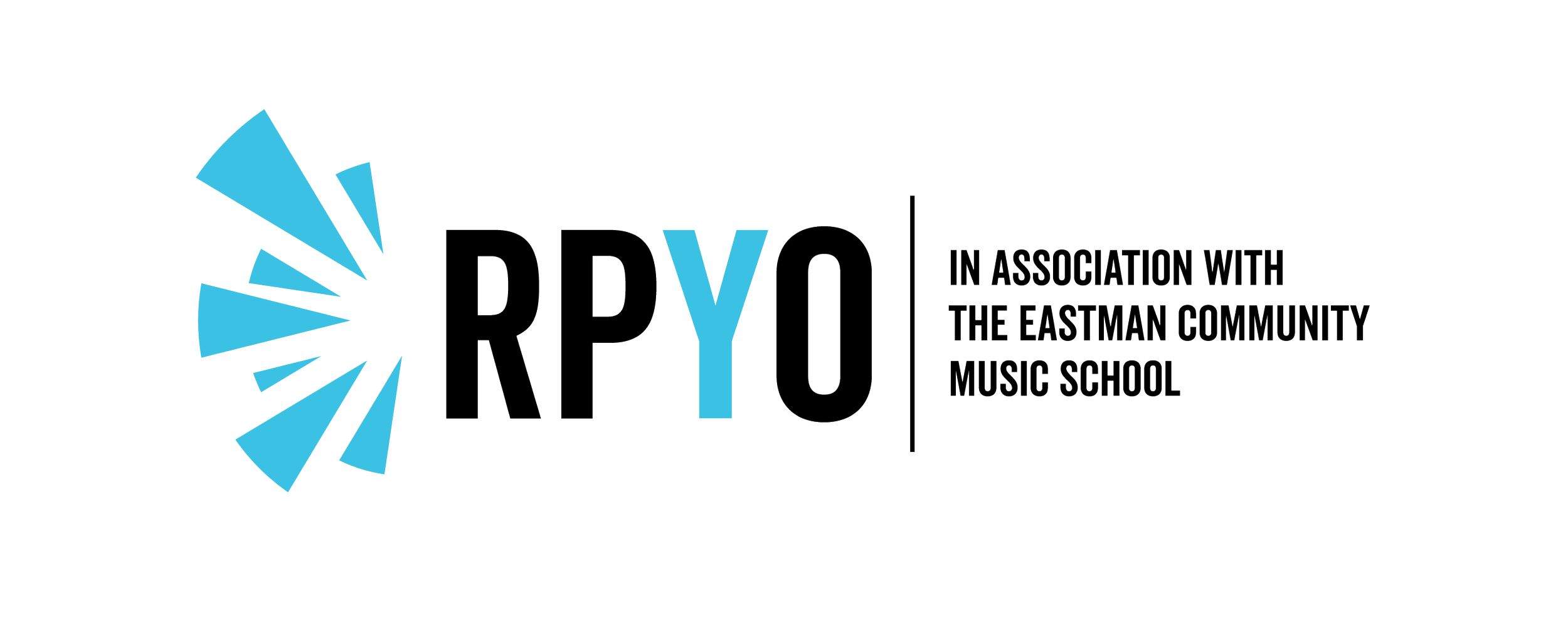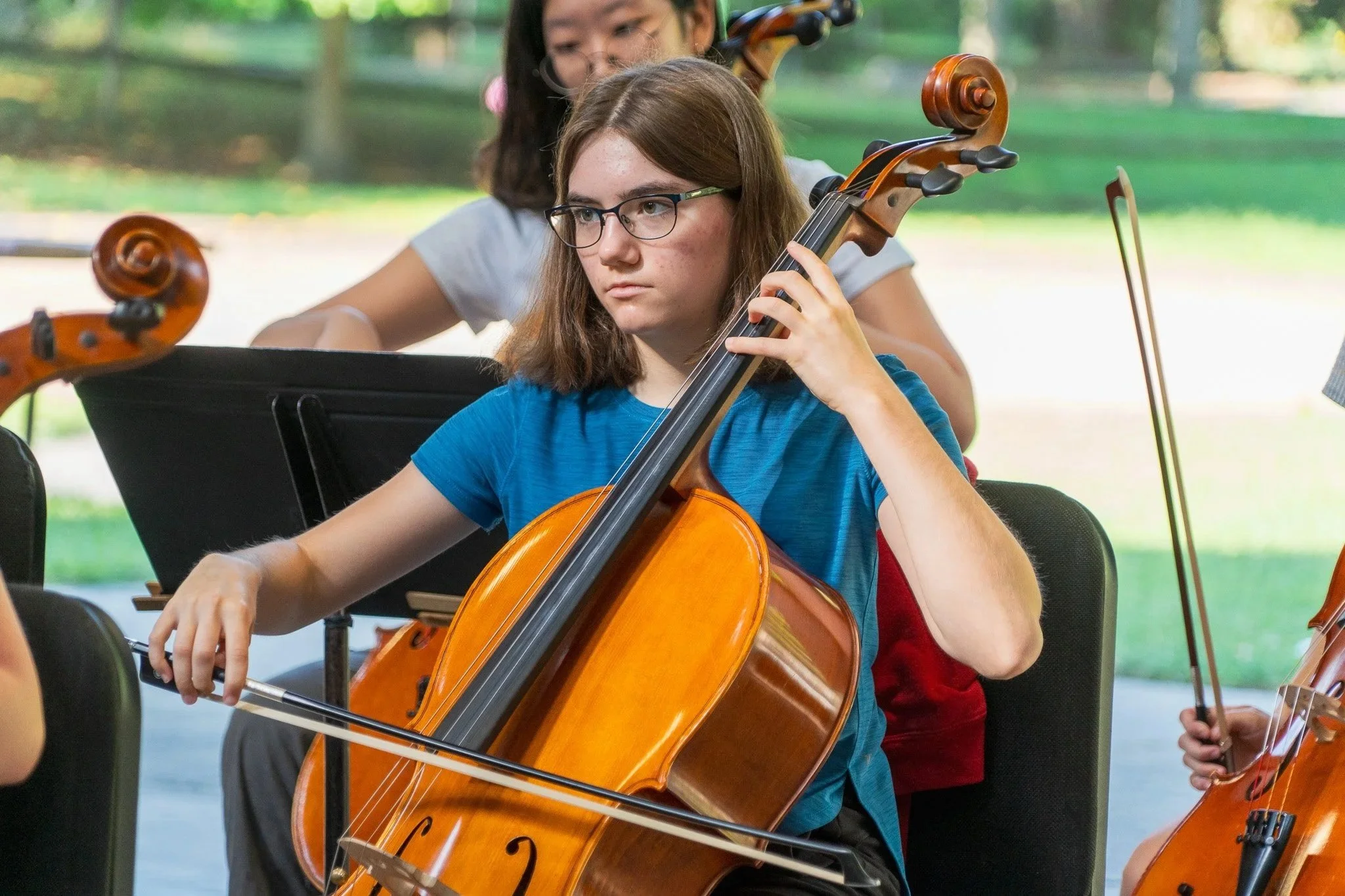
RPYO & RPO Side-by-Side Concert
Join the RPYO & RPO as they perform their annual Side-by-Side concert. This concert will be conducted by RPO Music Director, Andreas Delfs! This performance is on Sunday, March 1st at 3:00PM in Kodak Hall at the Eastman Theater - you won’t want to miss it!
Tickets are Pay What You Want, with all proceeds going directly to the RPYO mission. Tickets are available at https://rpo.org/event/rpyo-rpo-side-by-side/ or through the RPO Box Office (585-454-2100).



